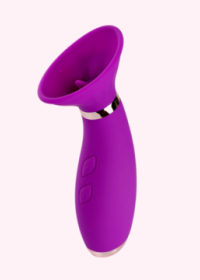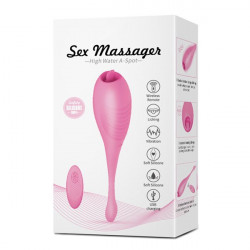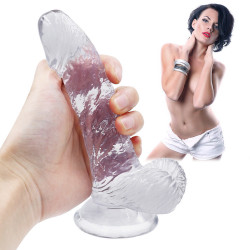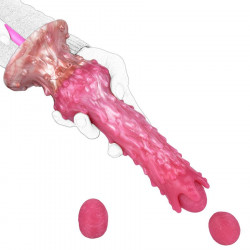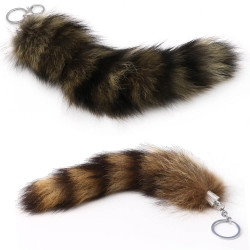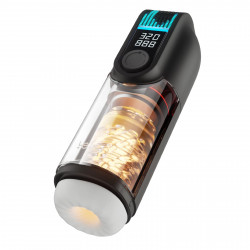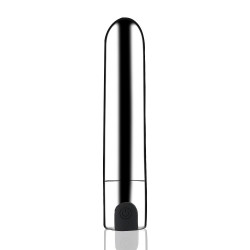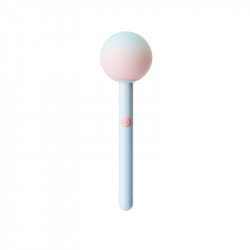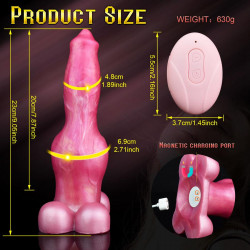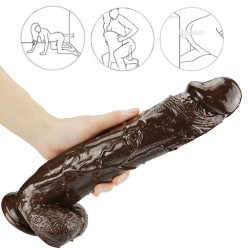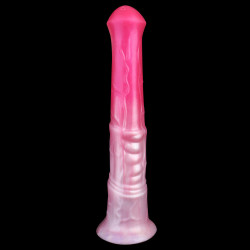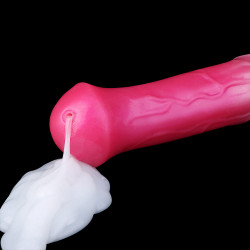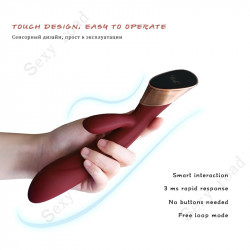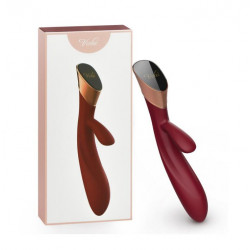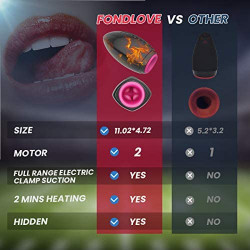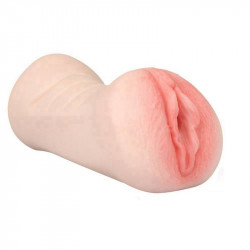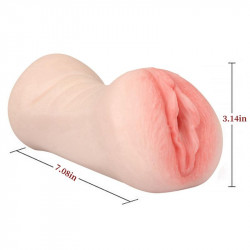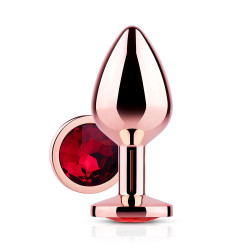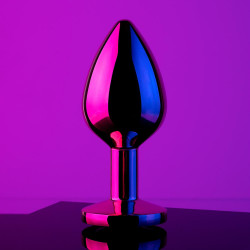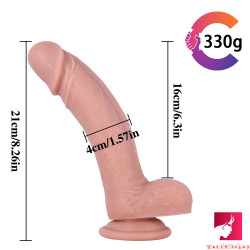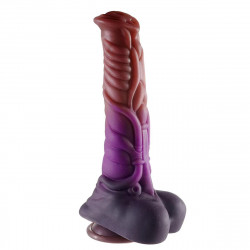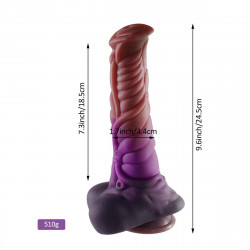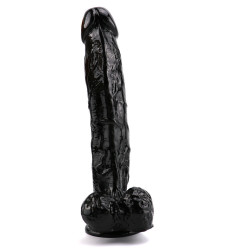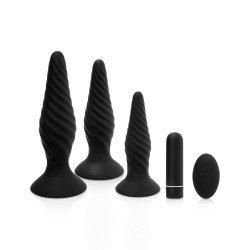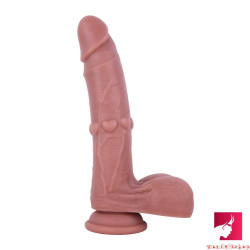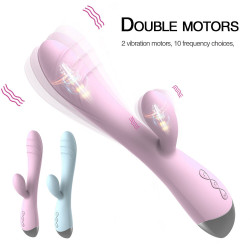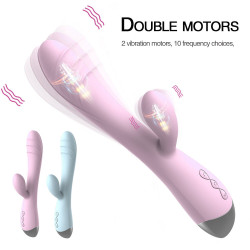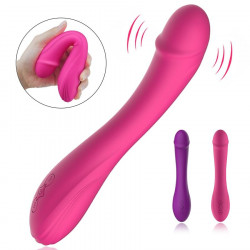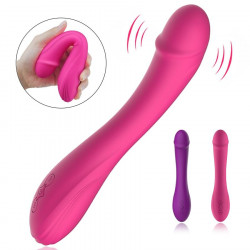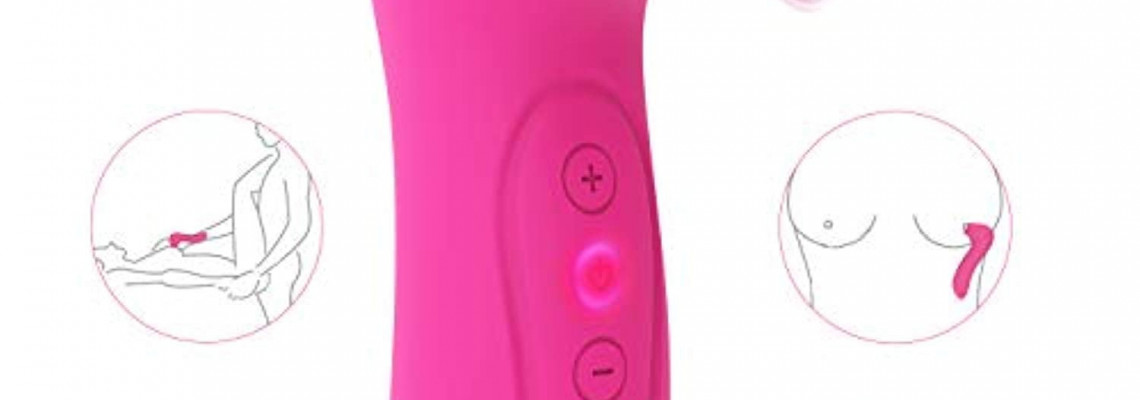
Meet A Pioneer Of The Clitoris: Helen O'Connell
Prior to VUSH, Australia's first female urologist, Professor Helen O'Connell, advocated for vulva anatomy and sexual enjoyment. Helen and her colleagues made significant contributions to anatomical study in the late 1990s when they realized that the clitoris was more than simply a tiny button at the top of the vulva. The portion of the clitoris that, for unknown reasons, might occasionally be challenging to locate is actually only the outward manifestation of a much more significant internal structure. Here is all the information you require to become "cliterate," due to Helen O'Connell's efforts.
About Helen O'Connell
Here in Melbourne, where the VUSH magic unfolds, Helen O'Connell became the first female urology surgeon in Australia to graduate in 1994. Helen currently leads Western Health's Victorian Urology Department after earning a master's degree in female urinary incontinence in 1997 and a doctorate in female pelvic anatomy in 2004.
Helen was dissatisfied with how female genitalia were portrayed in medical literature while she was pursuing her surgical degree. The clitoris was frequently wholly disregarded, even though it was essential to sexual pleasure (sounds familiar). One textbook simplified the anatomy of women to a modified form of the genitalia of men. Female genitalia were described as a "poorly developed" counterpart of male genitalia using terms like "failure" and "lacking." Helen realized that this needed to be fixed.
Sex Research Before Helen O'Connell
Male researchers conducted the majority of sex research before Helen, to the extent that many bodily parts bear the names of the males who made the discoveries. The G-Spot? is named for Ernst Grafenberg, who discovered a region that may be internally stimulated for pleasure in a manner similar to that of the male prostate. The tubes of Fallopia? Named for the person who originally described the tubes that connect the uterus to the ovaries, Gabriele Falloppio. The cycle went on and on, with different body parts being named after the male researchers who made the discovery. Perhaps the clit should be rebranded in order to honor Professor O'Connell since we're so eager to give credit where credit is due?
In addition to studying sexual functionality and enjoyment, Helen's initial research on the clitoris was done in 1998 to give anatomical support that would lessen clitoris injury after surgery. Since Helen pointed out that much care was taken to ensure that the function of the penis was not affected during procedures linked to the prostate, why was the clitoris not given the same consideration during surgery involving the female genitalia and pelvic floor? Since the penis and clitoris are homologous structures made from the same erectile tissue, Helen was unable to explain why the penis was carefully studied and taken into consideration, but the clitoris was not.
The Clitoris: Helen O'Connell's Findings
In actuality, the entire clitoris shares many structural similarities with the penis. One of the most erogenous areas of the body, it is susceptible due to its nerve-filled structure. Even it becomes erect! The clitoris grows, expands, and hardens when excited. Under that small external button, Helen and her colleagues found an entire wishbone-shaped structure with legs (crura) and bulbs that wrap around the vaginal wall and urethra. This indicates that internal vaginal orgasms and external clitoral orgasms are not that dissimilar; in fact, vaginal orgasms most likely result from stimulation of the clitoris from within the vagina. There is so much fresh information in one scientific study!
Much of what we currently know about the clitoris was taught to us by Helen O'Connell. The work of women like Helen, who battled to create knowledge that helps us now, is crucial, even though we still have a long way to go in terms of sex research and normalizing pleasure for vulvas. People are empowered when they understand the science behind the clitoris, as Helen states. "How wonderful for those who possess them and those who cherish them!" In addition to assisting us in developing sexual relationships with our partners and ourselves today, Helen's discoveries have shielded many women from surgical injury over the years.
Helen's "Get Cliterate" TEDx Talk is a fantastic resource if you're interested in learning more about where this originated from (the ending gave us chills). Check out the episode of Netflix's "Explained" series on female orgasm if you want to learn more about the origins and the discovery of different aspects of female genitalia. The 1998 study by Helen, "Anatomical Relationship Between Urethra and Clitoris," is the title for any science chicks who want to know the juicy details of her work. Get literate now!

